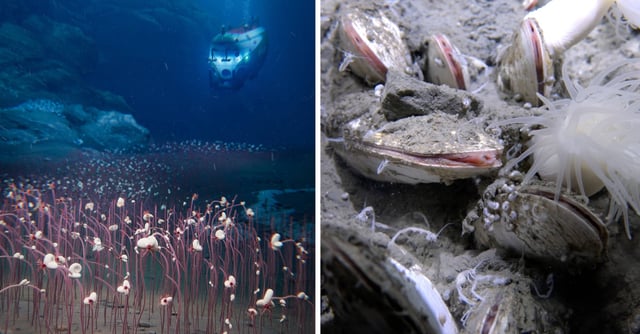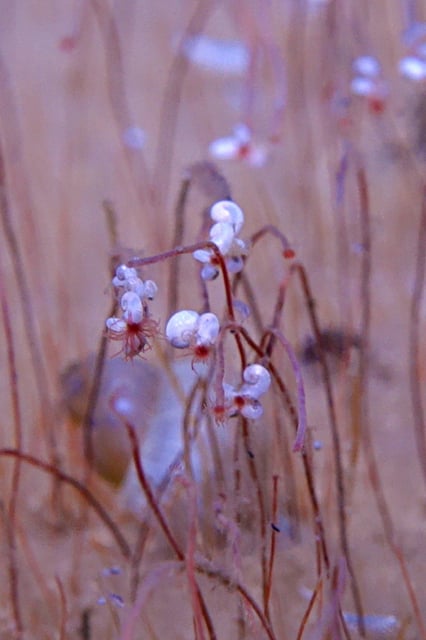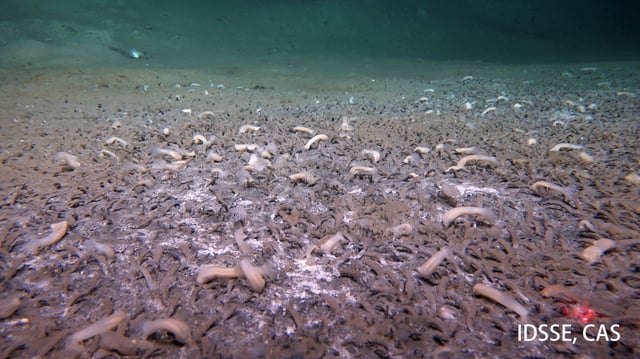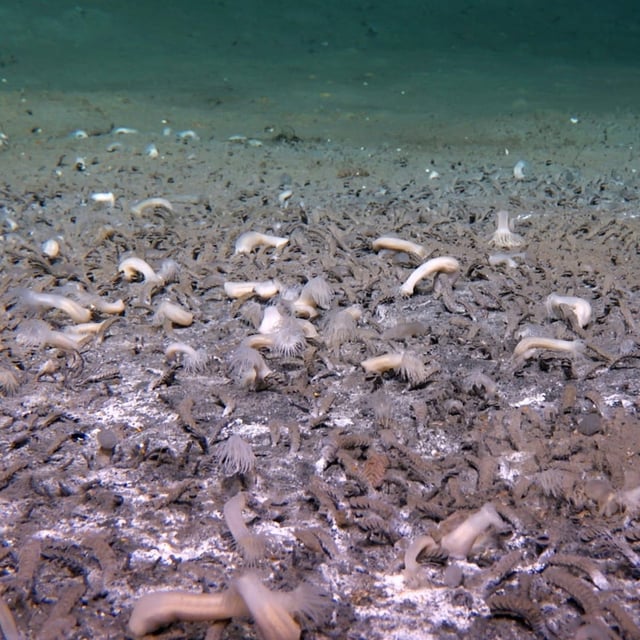Overview
- The Nature publication confirms chemosynthesis-based animal communities along a 2,500 km zone of the Kuril-Kamchatka and Aleut trenches at depths reaching 9,533 m, making them the deepest known on Earth.
- Dense colonies of tube worms, bristle worms, mussels and sea snails thrive at cold seeps by harnessing methane and hydrogen sulfide produced by sediment bacteria.
- Researchers measured maximum densities of up to 5,813 tube worms and 293 mussels per square meter, challenging perceptions of hadal biodiversity scarcity.
- Findings contradict the assumption that hadal fauna rely mainly on descending organic matter, highlighting a critical role for chemosynthetic energy in deep-sea food webs.
- The study prompts calls for accelerated hadal zone mapping and cautious regulation of emerging deep-sea mining to safeguard these newly revealed ecosystems.



